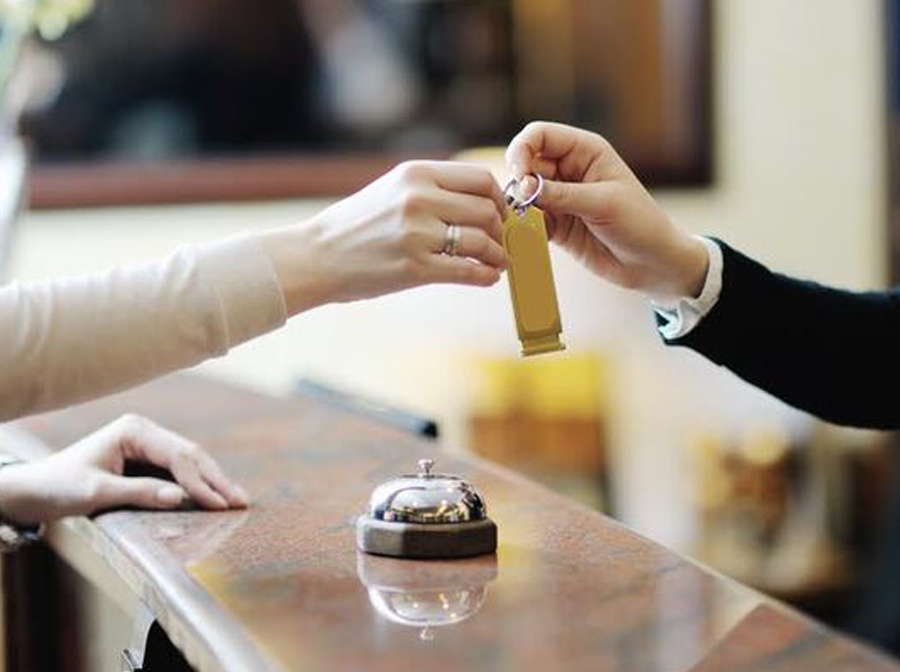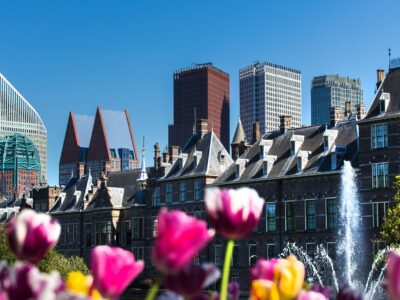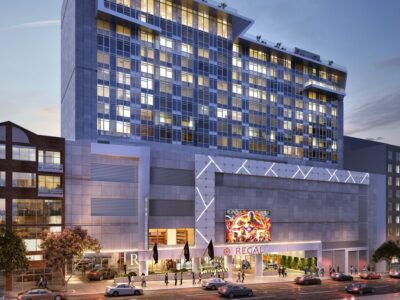
An industry-wide survey says that as many as 75 pc of hospitality asset managers say they are optimistic about the rest of 2022
An industry-wide survey says that as many as 75 pc of hospitality asset managers say they are optimistic about the rest of 2022 mainly because the scare over Omicron variant of Covid-19 has subsided in many parts of the world.
This is one of the key findings of the Spring 2022 Industry Outlook Survey conducted by Hospitality Asset Managers Association (HAMA). The bi-annual report collected the opinions, experiences and predictions of nearly 100 hotel asset managers concerning the hospitality industry since the beginning of the pandemic through today. The survey also addressed respondents’ thoughts on the future outlook of the industry.
The survey was conducted in time for HAMA’s 2022 Annual Spring Meeting. In total, 84 asset managers, comprising approximately half of membership, participated in the survey. “Overall, it would appear the hotel industry is entering a more optimistic phase than it found itself in as recently as last year,” says Matthew Arrants, President of HAMA. “The majority of respondents see the acquisition market heating up, and many believe the industry will begin to return to pre-pandemic levels within the next year or two. Some markets already have surpassed 2019 numbers, and continued, pent-up travel demand has asset managers in a positive mood,” adds Arrants.
Among the key outcomes of the survey is that one-third of respondents say that 51-75 pc of their hotels will exceed the budgeted revenue per available room (RevPAR) for the year 2022. The rising RevPAR has been reported in several other surveys as well, notably one by hospitality data aggregator STR.
Reports by STR go on to add that higher RevPAR is also getting reflected in the rising profitability of hotels. For instance, STR’s February 2022 report says that after falling to roughly USD 20 in January, gross operating profit for US hotels reached nearly USD 59, the highest level in the metric since October 2021.
STR added that all of the key performance metrics increased from January, after concerns around Omicron pushed levels lower. For instance, total revenue per available room (TRevPAR) rose to USD 169.77 and earnings before tax rose to USD 39.29. HAMA data says that 61.9 pc of participants believe RevPAR will return to 2019 levels for the entire US by 2023 and almost 90 pc of those surveyed actively are seeking acquisition opportunities.
“Following trends in top-line performance, US profitability levels are recovering more quickly from Omicron than with previous variants,” says Raquel Ortiz, STR’s director of financial performance. “February GOPPAR was roughly 77 pc of the 2019 comparable, but independents (108 pc), luxury (94 pc) and midscale (88 pc) chains were far above the national average. The upper upscale (67 pc) and upscale (70 pc) segments are where the largest deficits persisted.
However, it is not all easy going for HAMA managers. They have a few concerns yet. Top among these are labour availability, which remains a challenge for 90.48 pc, wage increases for 70.24 pc, and supply chain delays for 61.9 pc.
STR data again backs up the HAMA report, with its report saying that labour costs have risen to USD 56.63 per available room. Among increases during the month, total labour costs were up to 97 pc of the pre-pandemic comparable. That was the second-highest index to 2019 of the pandemic-era, behind December 2021.
“As we look toward the spring and summer months, a further rise in labor costs might be expected due to increased demand,” says Ortiz. “However, our February data shows labour margins leveling out, which is likely due to those increased costs being absorbed by the increase in room rates,” he adds.



















